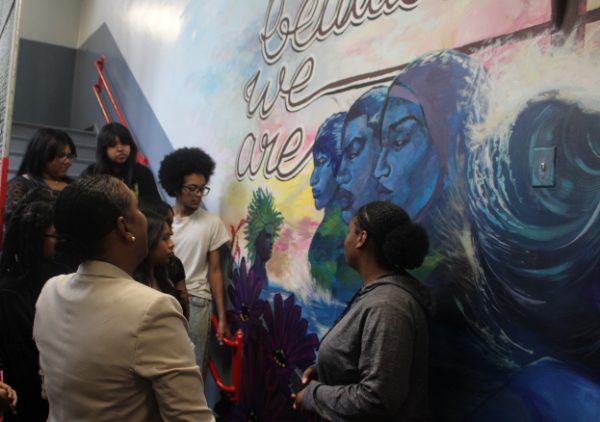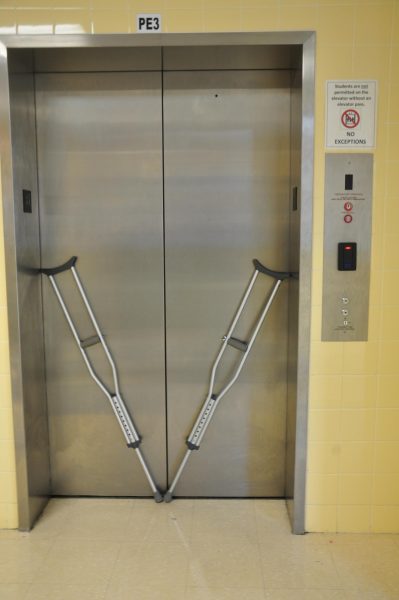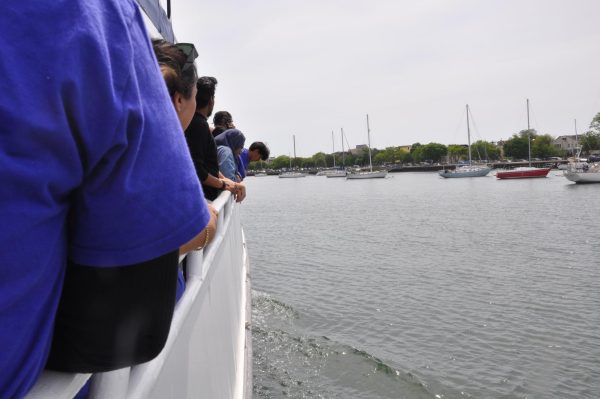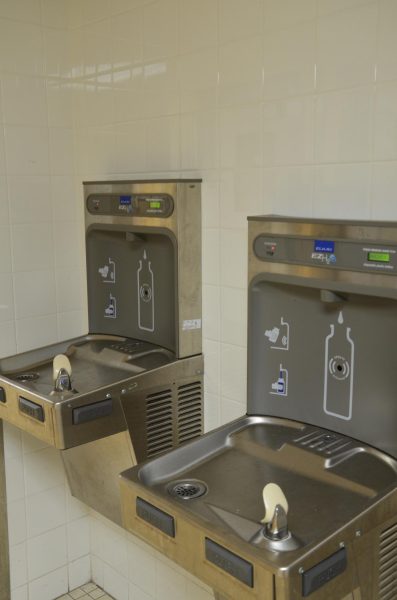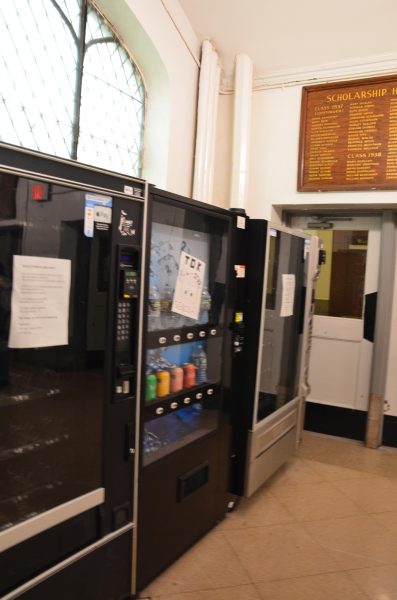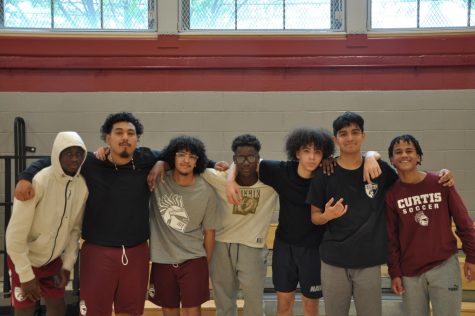Recruiting methods by Marines questionable
With the smashing success of the USMC High School Fitness and Leadership Tour on February came controversy. Although the event was a simple workout with lessons on leadership sprinkled in, the way of signing up for the event raised some questions. In order to sign up for the event, girls had to register on the Marine Corps website with a class code. After entering the code, athletes had to enter their address and zip code. This information was not being collected by Curtis, but by the Marines. Once that information was submitted, this message appeared on the screen: “Thank you for considering the noble path of becoming a United States Marine.You will receive the information you requested soon. Your contact information may be sent to a Recruiter who will follow up with you.”
The event came and went, and those in attendance didn’t hear anything more from the Marines. During the event, there was no mention of recruiting or joining the Marines. That is until the Mid-Winter Break. Slowly, letters began to show up at the athletes homes. The letters read “Dear Parent of [Child’s Name], I am writing to inform you that your son or daughter has contacted us and requested information related to enlistment options with the United States Marine Corps. The minimum enlistment age is 17. The earlier the enlistment process starts, the more time is available for preparation for the mental and physical challenges of recruit training.” The letter also offered contact info for the Marine Recruitment Office. Recipients were obviously surprised when these letters appeared at their doors, because they never wanted to sign up to be a Marine Corps recruit.
In September, every student receives a form from the school giving them an opportunity to opt out of the school releasing personal information to specialized schools and the military; they can choose to opt out of both, only one, or none.
According to the US Department of Education’s website, Congress enacted two pieces of legislation about schools receiving aid these were the Elementary and Secondary Education Act of 1965 (ESEA), these pieces of legislation allow the military to get information like names, addresses, and telephone numbers upon request. ESEA is a law passed by President Lyndon B. Johnson to group schools in terms of income. Curtis is a Title I school, according to socialwelfare.library.vcu.edu, “Title I has received the most attention from policy and lawmakers, as it accounts for 5/6 of the total funds authorized by the ESEA, children from low-income households who attend urban or rural school systems and children from the middle-class who attend suburban school systems.” This info is passed to the military, unless there is parental consent to opt out. Hence, the form in the beginning of the year. According to the Department of Eduaction website the government does not consider the information released harmful or an invasion of privacy if disclosed.
The Marines seemed to bend the rules when it came to being upfront about the reason for collecting students’ information. The sign up form does say, “The information you provide will be used for recruiting purposes only. Disclosure is voluntary,” but it does not include a way to opt out of information being sent to a Recruiter. Furthermore, this line was only included in the Terms and Conditions of the sign up form. And although this means that the Marines got consent, this fact should have been posted in plain sight, for all to see. Also, if a student wanted to participate in the event they needed to preregister.Curtis itself did not do anything wrong in this situation. They approved an event sponsored by the Marines. The school did not break any laws or bend them. Of course the athletic department cannot control how information is being used by the Marine Corps. The only thing being questioned is the way the Marine Corps itself failed to properly inform students about the ways in which their information was being used.
A Marine who was at the event, Sergeant Kamaro was able to answer the first question of what schools they had visited on the tour: Curtis High School was the first school to hold this type of event. “The event for Curtis; it just started. Prior to Curtis, we conducted it at our recruiting station. This is just to see how well the high school will respond to it,” said Kamaro. Then, the hard hitting question: Why weren’t the Marines upfront about collection information? Kamaro said that it wasn’t his job but he could transfer us to someone who knew about it: Staff Sargent William Osorio.
Osorio is the supervisor of Sergeant Kamaro. He was informed of the collection of information, as well as the letters that were sent home. In response, he said “I would need to see one of these, because that’s something that we don’t do. Under the Privacy Act we don’t do that. The intention of the event is an awareness event, it was a leadership event. It was to increase awareness of the Marine Corps, but it was not a recruiting event.”
Osario continued, “okay, so that information, the information we have on those girls, we have that information anyway …So as recruiters, we have access to that information regardless. So we don’t reach out. That’s not how we recruit.” He then went on to explain how the Marines have access to that info, even if students signed a waiver in the beginning of the year. He elaborated that when students opt out, the Marines only receive their name and a notation that they have opted out of sharing information.
When pressed about the letters Osrio admitted that it was a mistake to use the captured information from the event as a recruitment tool.


